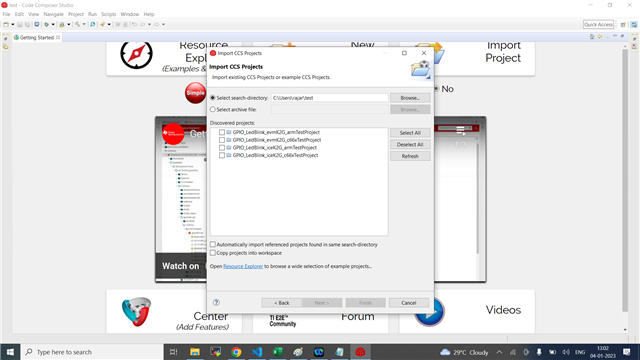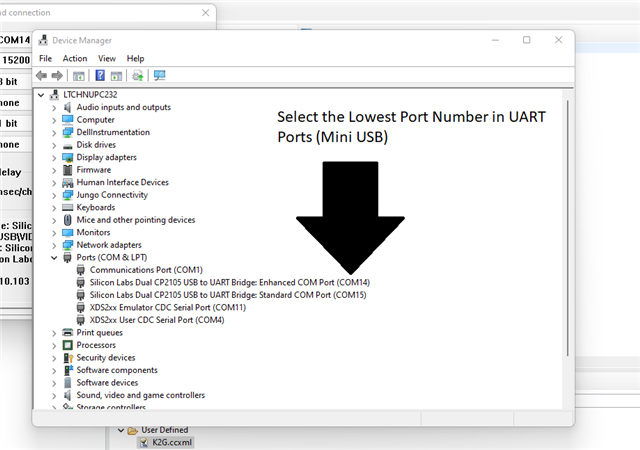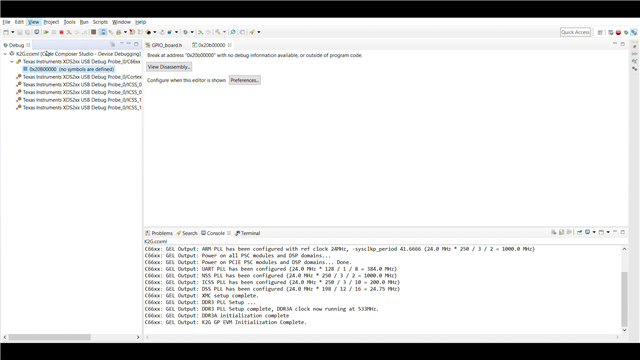How to do build, run and test the K2G GPIO example projects in the DSP core from TI-RTOS SDK?
-
Ask a related question
What is a related question?A related question is a question created from another question. When the related question is created, it will be automatically linked to the original question.








